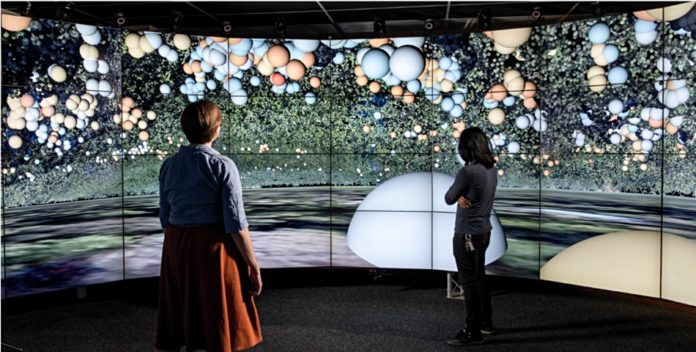The Electronic Visualisation Lab (EVL) at the University of Illinois is using Liqid composable systems to conduct data intensive research into computational fluid dynamics, brain imaging techniques, streaming high-resolution data visualisation to wall-sized displays and more.
EVL’s work needs GPUs to run efficiently. A normal architecture limits EVL researchers to traditional cluster topology with eight GPUs per server using a specialised GPU chassis. However, many workloads do not utilise eight GPUs efficiently or they have unbalanced resource requirements that vary at each step of a science workflow.
Liqid composable infrastructure, by contrast, enables EVL to deploy a system comprising 64 GPUs, 24 CPU nodes, NVMe storage, 100G networking and large Intel Optane memory pools.

The computer’s components (traditional processor, GPU, storage and networking) are pooled so that different applications with different workflows run simultaneously, with each configuring the resources it requires almost instantaneously, at any time.
EVL engineers are working to introduce hardware composability to Kubernetes, enabling users to create containerised applications with policy-defined, reproducible hardware and software deployment. The application identifies the hardware required and directs the right amount of physical resources to handle the task.
Lance Long, EVL senior research programmer, said: “Liqid’s architecture is designed to configure bare-metal hardware on demand. Leveraging Kubernetes’s ability to detect available resources and extending the Liqid API allows us to have a container deploy only the resources – six GPUs and a 100 Gbps NIC, for example – that is required by the application.”








